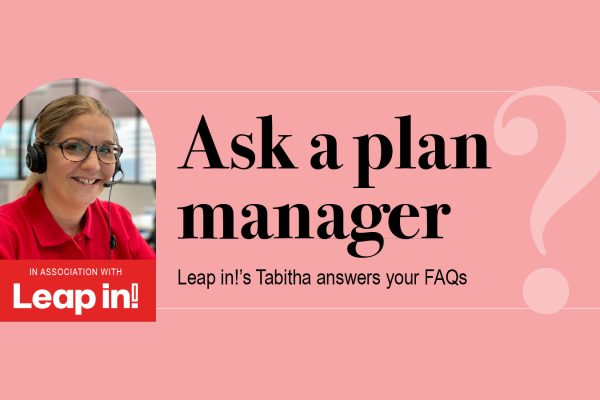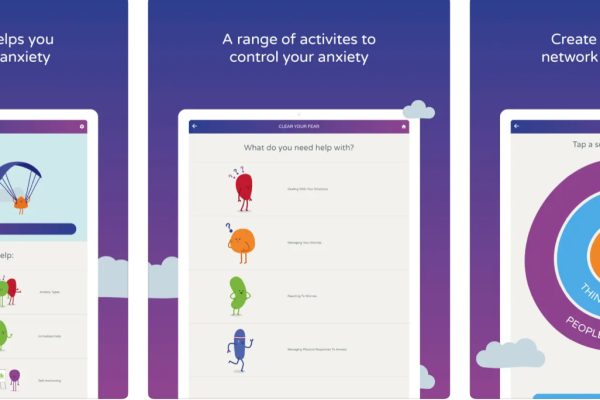
A look at the importance of core strength in children
By Sophie Bilsborough, Occupational Therapy Helping Children
A strong core is an important building block in your child’s development. Just as a tree needs a strong trunk children to be able to hold its branches up, and withstand elements in its environment, a child requires a strong core to participate in life’s daily activities efficiently!
Essentially, core strength, or postural control, is both the anchor and launching pad for everything that we do – if a child does not have a strong core, this will affect their head position – shoulder position – elbow position – wrist position – finger position.
What is core strength?
The body’s core refers to the muscles surrounding the abdomen, pelvis and back.
It is the foundation for children to be able to assume and maintain an upright posture whilst standing and sitting without support. If a child has poor core strength, they will therefore have difficulty controlling fine motor skills, such as handwriting, and participating in gross motor activities like school sport.
How do I know if my child has low core strength?
At school, incorrect posture when writing means a child’s body is doing more work than required. This can often lead to fatigue and sometimes pain. A child with poor core strength usually:
Slouches when writing, and may use the chair to support all aspects of their body
Holds their head up with their non- writing hand
Leans far into the table to gain support whilst sitting
Move around in their seat a lot
Fatigues easily and may require frequent rest breaks during writing and physical activities
Difficulty on playground equipment such as slides, poles, see saws, and swings – needs to exert more effort than peers
Struggles to get up and down off the ground
Doesn’t like to participate in rough and tumble play
How can I help improve my child’s core strength and postural control?
Simple and fun activities that help build up your child’s core strength can easily be incorporated into their daily routine.
Try to include these exercises at least 3 times a week:
• Wheelbarrow walking races (where the child ‘walks’ on their hand and adults hold their feet off the ground) to develop upper body strength – measure how far you can go!
• Create an obstacle course by including unstable surfaces, e.g. pillows – this type of activity requires strength and will also help to increase your child’s endurance. Time how fast they can go!
• Play animal walks by pretending to be a variety of animals such as crabs, frogs, bears, worms or kangaroos! All of these use the child’s body weight as resistance.
• Set up a mini ‘core strength circuit’ and have your child complete: – Superman or Aeroplanes where your child stretches out while laying on their tummy. Try to lift arms and legs off the floor with hands facing forward and palms down.
• Plank positions: Four point kneel, where your child assumes a crawling position on hands and knees. Have them extend opposite arm and leg for 5 sec each – try to increase the time held each set! Or extend the activity to an elbow plank, where your child uses their elbows/forearms and toes or support. Make sure their back is straight, and their bottom doesn’t slouch down or extend upward. Time how long they can hold this for, and aim for 30 seconds.
• Encourage your child to try new equipment at the playground, e.g. swings, climbing, monkey bars, slides and poles are all activities that assist in increasing core strength.
• Encourage your child so sit with correct posture during seated activities.
Occupational Therapy Helping Children is situated on Sydney’s Northern Beaches. The team help children with a variety of developmental challenges thrive in their own special way. The offer individual therapy services, group therapy and run the Sense Rugby program. occupationaltherapy.com.au Ph: 02 9913 3823






